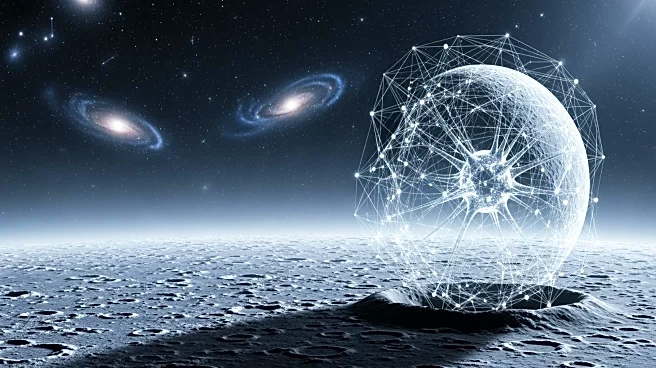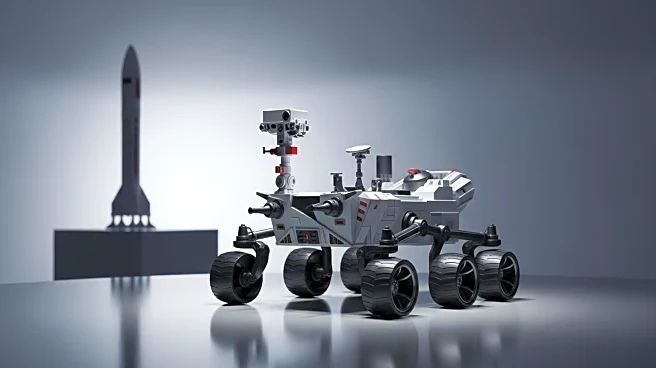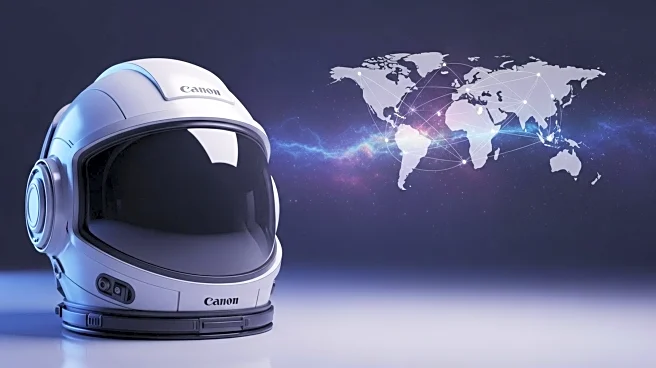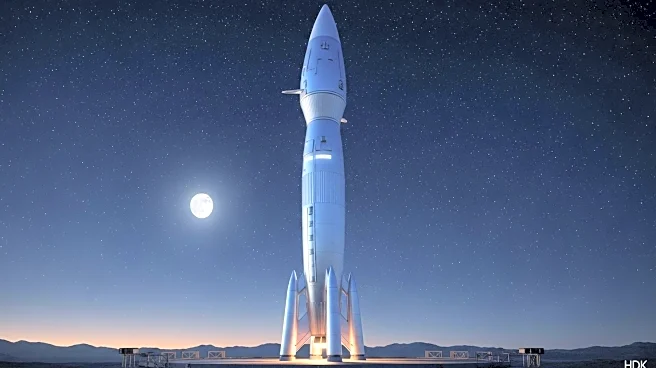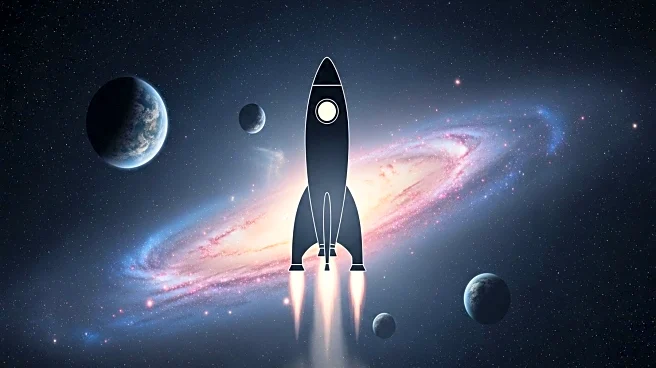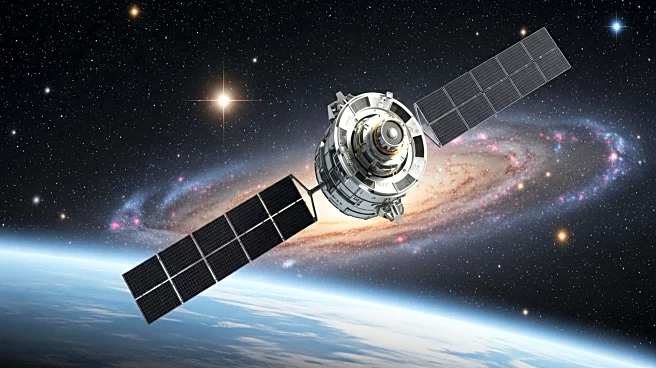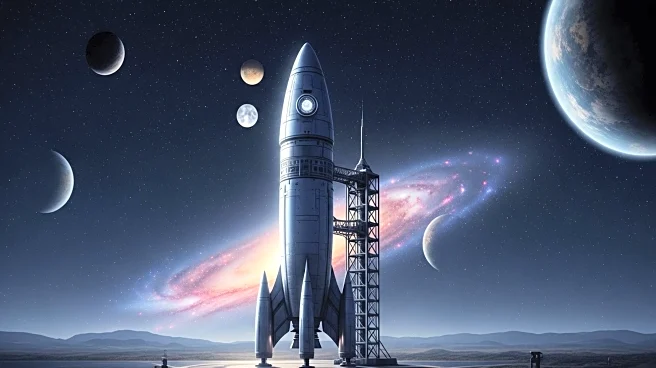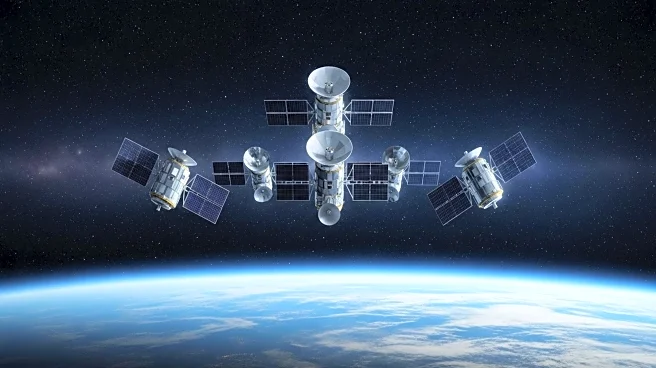What's Happening?
Researchers have developed a method using convolutional neural networks (CNNs) to automate lunar age detection by determining the day of the synodic month. The study involved training various models with NASA lunar images, aiming to classify lunar days
based on visual data. The final model, trained on a large dataset from 2011 to 2024, demonstrated superior performance in minimizing false positives and negatives, achieving high precision and recall metrics.
Why It's Important?
Automated lunar age detection using CNNs represents a significant advancement in lunar observation technology. This method can improve the accuracy of lunar phase predictions, benefiting scientific research and practical applications such as lunar mission planning. Enhanced detection capabilities may lead to more precise scheduling of lunar activities, optimizing resource allocation and mission success rates.
What's Next?
The next steps involve expanding the dataset to include images from various devices and geographic locations, capturing the full range of lunar variations over a meteorological cycle. This will enhance the model's generalizability and robustness, potentially leading to widespread adoption in lunar research and exploration. Further improvements in model architecture and training techniques may continue to refine detection accuracy.
Beyond the Headlines
The use of CNNs for lunar age detection highlights the growing role of artificial intelligence in space exploration. This technology could be applied to other celestial bodies, advancing our understanding of planetary systems. Ethical considerations regarding data privacy and the use of AI in scientific research may arise, necessitating discussions on responsible technology deployment.
